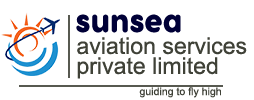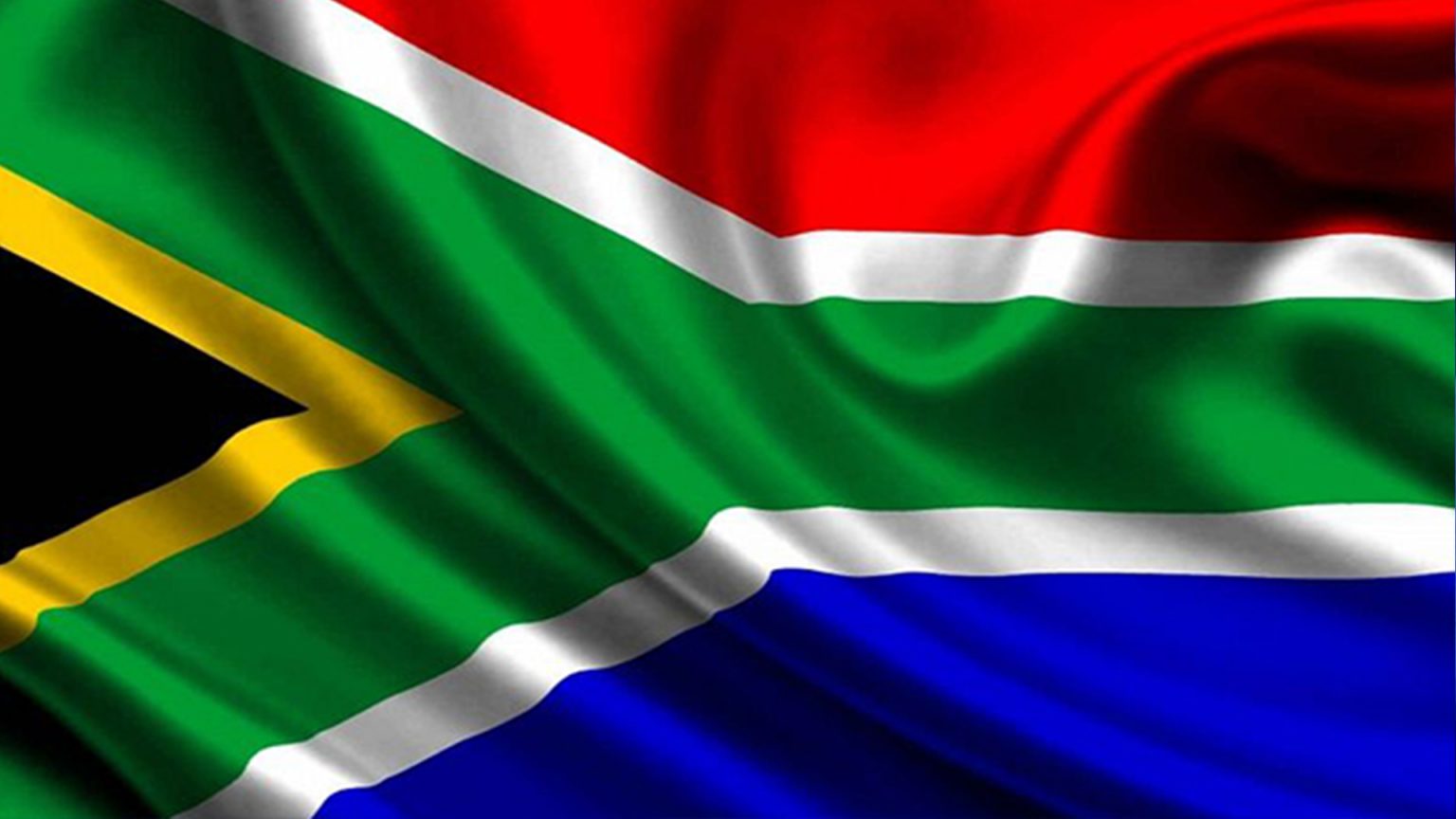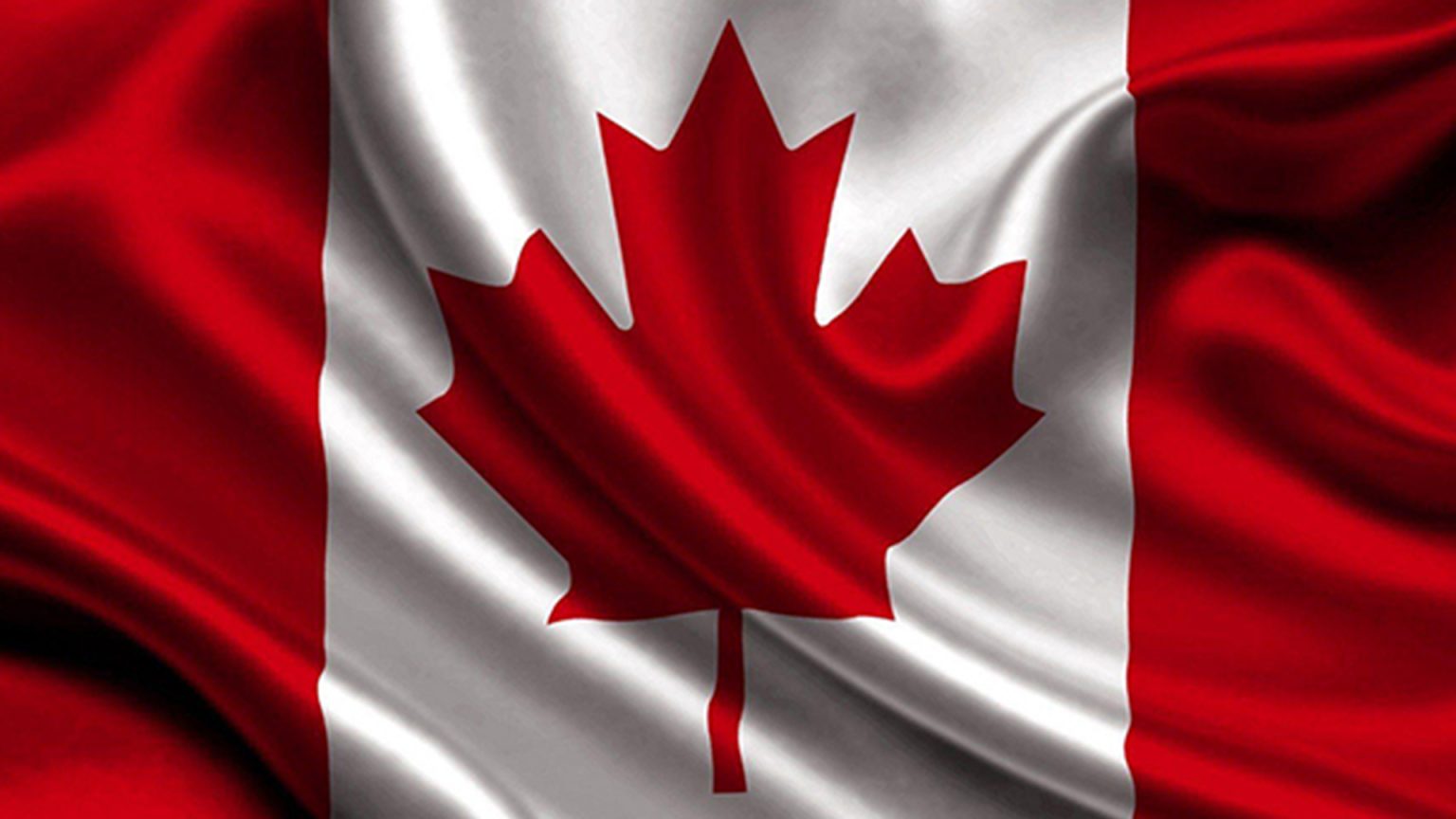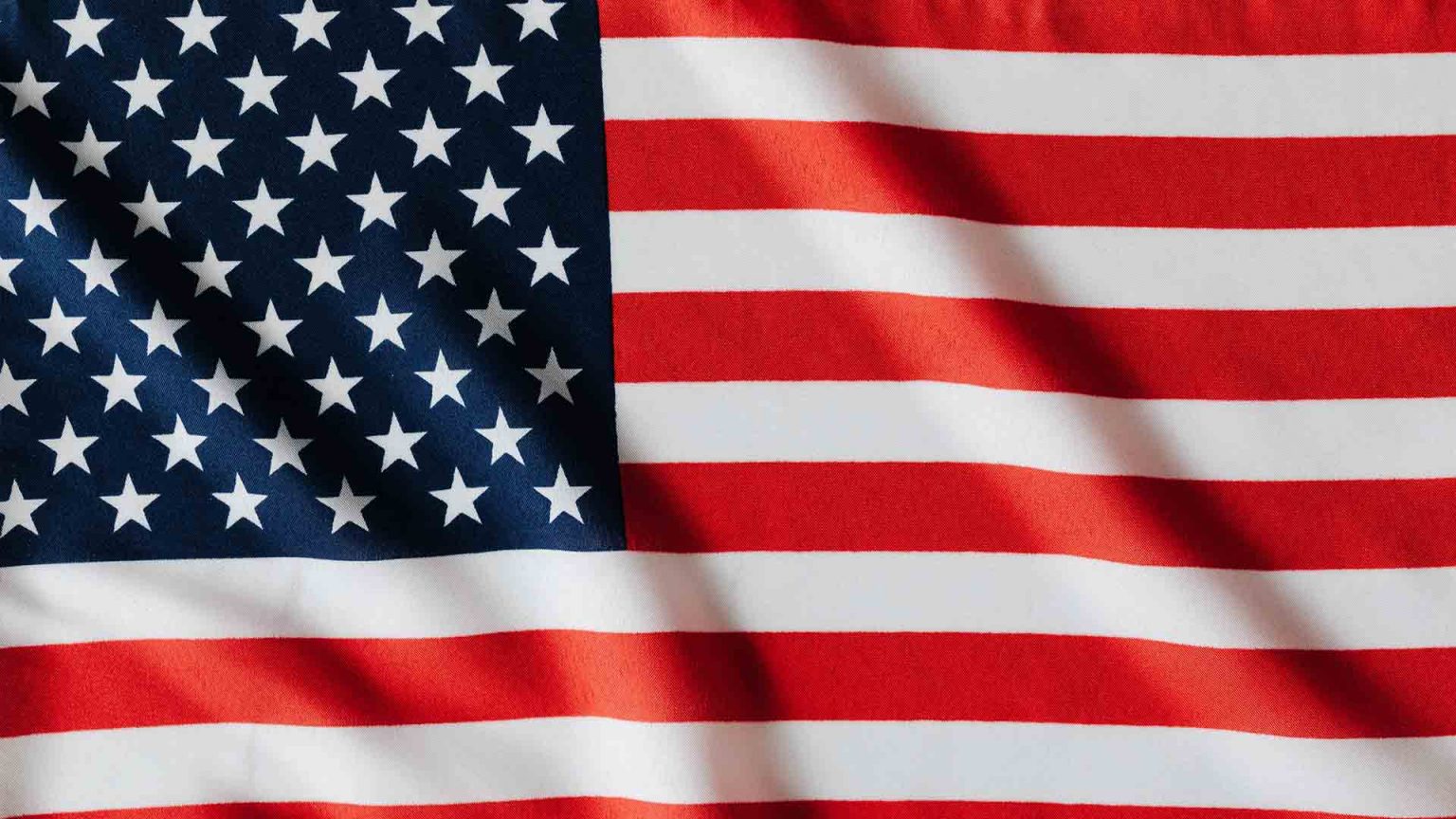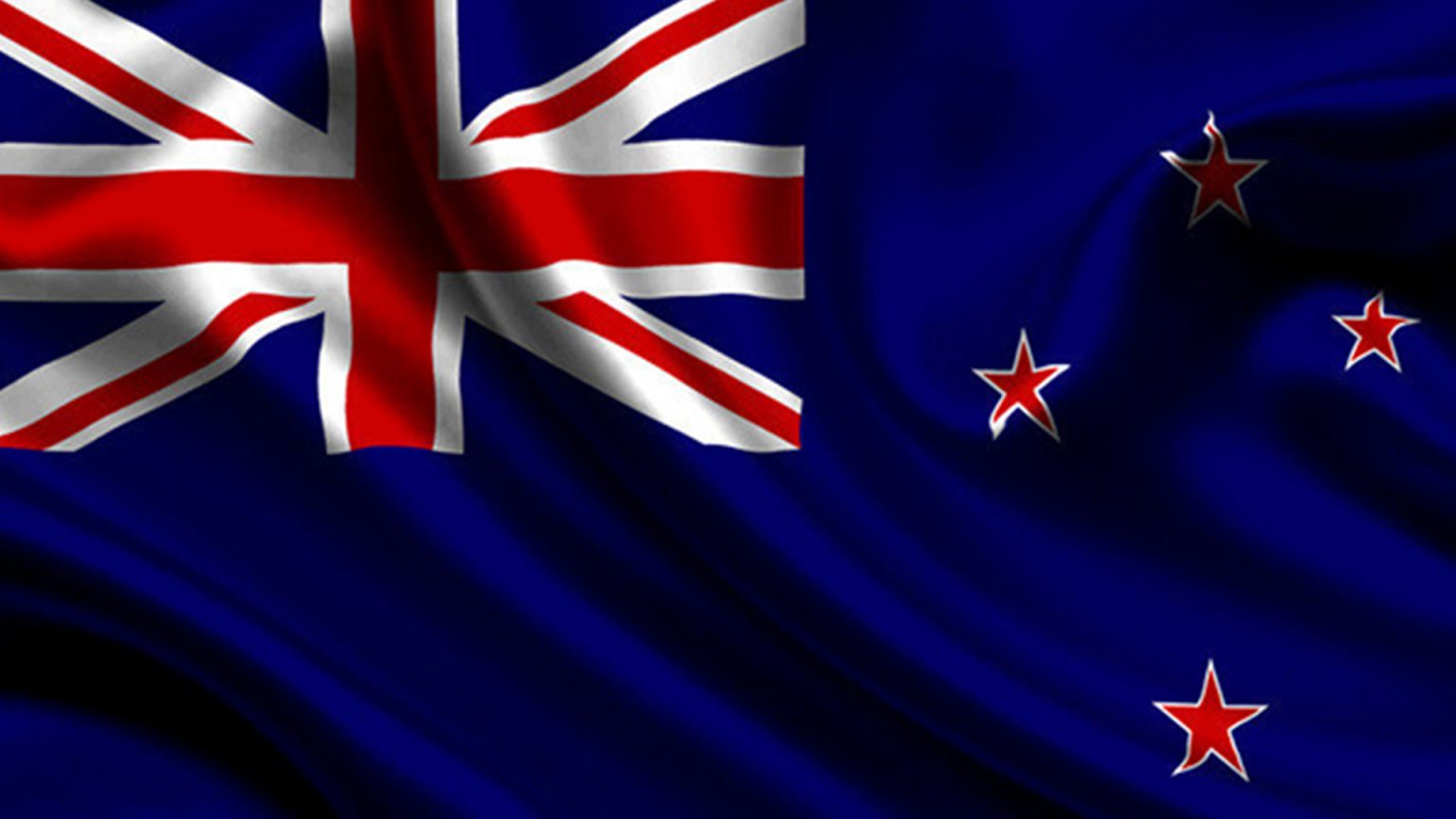Sunsea Aviation Services Private Limited
Flight Instructor
Introduction
Flight Instructors is usually thought of as someone who teaches a novice how to fly, always bear in mind that a he/she engages in advanced training as well. The Instructor will instruct the student in three common areas: knowledge, skill, and judgment.
The Instructor will develop a student’s understanding of traditional aviation academics, such as rules and regulations, aerodynamics, aircraft operations and performance, meteorology, navigation, etc. The Instructor will also demonstrate flight procedures and cultivate individual piloting skills and a positive and committed attitude to safety.
The Instructor is also the student’s mentor in handling the challenges of flight. It is through the experience of the instructor that the student pilot will initially gain insight and perspective that leads to good judgment and decision-making skills.
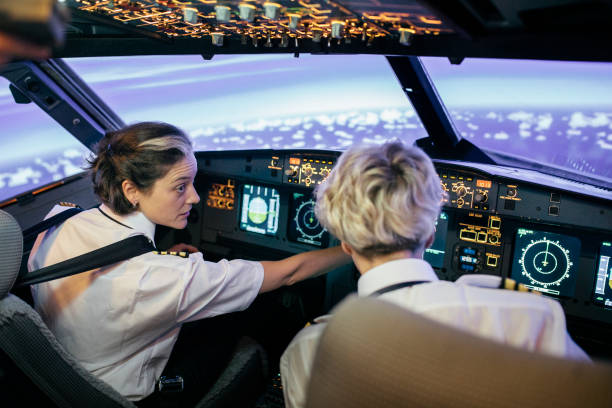
Available Countries for Flight Instructor (FI)
Countries
A person who holds a flight instructor certificate (called a “certificated flight instructor” or CFI) is authorized to give training and endorsements required for and relating to:
- a student, private, commercial or other pilot certificate;
- the three hours of training with reference only to instruments in preparation for a private pilot certificate, note that this does not need to be a CFII.
- an instrument rating, only if the CFI has an instrument instructor rating (CFII); This cannot be given by a “safety pilot”. A safety pilot can only be used to help maintain instrument proficiency with an instrument-rated pilot by flying the required six instrument approaches-holding-intercepting and tracking courses, within the preceding six calendar months.
- a flight instructor certificate is only given if the experience requirements have been met (detailed below);
- a flight review, endorsement (previously called BFR) (currently referred to as flight review see 14 CFR part 61.56), or recency of experience requirement;
- preparation for a practical test (typically three hours within the preceding 60 days in preparation for a certificate or rating); or
- endorsement for a knowledge test (written examination)
Certain limitations are placed on the instruction a instructor (Flight) may get. For example, instructors(flight) wishing to train applicants for a flight instructor certificate must have held their certificate for at least 24 months and must have given at least 200 hours of instruction (and approved by the local FSDO). Specific training programs have additional requirements or limitations.
In Canada, the holder of a commercial pilot licence or airline transport pilot licence may have their licence endorsed with a FI rating – aeroplane. Initially, the pilot is endorsed as a “Class 4” flight instructor. This allows the pilot to deliver flight training towards the issuance of a recreational pilot permit, private pilot licence, commercial pilot licence, night rating, and VFR over-the-top rating. The “Class 4” FI may only conduct training while under the supervision of a “Class 2” or “Class 1” flight instructor.
After satisfying certain requirements (satisfactory flight test records, experience requirements, written exams, and flight tests), an instructor can upgrade their rating to a Class 3, Class 2, and Class 1 instructor rating. The Class 3 flight instructor does not require the supervision of a Class 2 or Class 1 flight instructor. The Class 2 flight instructor may supervise Class 4 flight instructors and act as the chief flight instructor (CFI) of a flight training unit. The Class 1 flight instructor may give ground school and flight training towards the endorsement of a FI rating.
In order to give instruction towards the instrument rating, multi rating, type ratings, and class conversions (for example, land plane to sea plane), an instructor rating is not necessarily required. The requirements may be limited to holding a commercial or airline transport license and having met certain experience levels (such as time on type and in class). In the case of an instrument rating, the holder of a flight instructor rating can teach it even if they do not have the experience level required for non-flight instructors. Details are contained in the Canadian Aviation Regulations, parts 401 and 421.
Flight instructors in New Zealand are divided have a Category A, B, C, D or E FI rating.
The Category E rating is specifically for conducting agricultural (top dressing, etc.) flying instruction. Category D flight instructor may conduct type ratings for any aircraft for which they hold a type rating. Category C flight instructors cannot send students on their first solo, and must operate under the supervision of a Category A or B flight instructor.
The chief flying instructor (CFI) is the flying instructor responsible for all flight training at an organization.
Entry Requirements
- A Minimum of a New Zealand CPL or NZ CAA validated or equivalent license
- At least 150 hours logged as Pilot in Command
In South Africa, Grade I, II and III instructor ratings exist. Ratings for aeroplanes and helicopters are obtained and revalidated separately.
A Grade III instructor rating is an entry-level qualification, allowed to provide basic instruction toward the issue of a Private Pilot Licence (PPL) under supervision of a Grade I or Grade II flight instructor. A Grade III instructor must hold at least a Commercial Pilot Licence (CPL) in the same category.
A Grade II instructor requires at least 200 hours of instruction experience, and can function without supervision in most types of training (instrument, night, commercial, multi-engine etc.). Grade II instructors have some examiner privileges, specifically for PPL initial and revalidation tests and can be appointed as Chief Flight Instructors.
A Grade I instructor requires at least 1500 hours of instruction experience, and can provide any type of training on classes and types of aircraft on which the instructor is rated. A Grade I instructor is also eligible for appointment as a Class 1 Designated Flight Examiner (DFE-I).
A DFE-I can issue and renew any licences and ratings that he or she is rated for. The appointment is renewed annually. Most DFE-Is are employed by major airlines.
There is also a parallel system, not in compliance with ICAO guidelines, for recreational pilots. This training takes place under Part 62 of the Civil Aviation Regulations. Such instructor ratings come in Category A, B and C, with A being the most senior.
Flight Instructor Rating: Experienced instructors will train you to provide quality training to other aspiring students. With FI Rating you will be able to instruct pilot students the aspects of flying, and build up your flight time and knowledge to meet the commercial airlines requirement.
- Flight Instructor Single Engine Cessna 152: 30 hours (Right Seat)
- Duration: 3 months
- Ground Schooling: 30 hours
- Total Flying hours: 30 hours
Passing the FI(Flight Instructor) Rating and Grade 3 Endorsement test allows you to instruct someone for specific pilot authorisations. This addition to your licence is required if you wish to work as a Instructor(Flight) within a Flight Training School. It also can be a beneficial rating within the Airline Check and Training Career pathway.
Entry Requirements
Minimum age
Students must at least 18 years old to undertake a flight test.
Class 1 Medical
Students wishing to enroll in the FI Rating and Grade 3 Endorsement course must hold a valid Class 1 Medical. A Designated Aviation Medical Examiner (DAME) must conduct the medical examination. Air- ways Aviation can help you through this process.
Pre-requisites
It is a condition of enrolment that students already hold a CASA Commercial Pilots Licence (A) and have at least 200 hours’ flight time as pilot and 100 hours’ flight time as pilot in command.
This aeronautical experience requirements must be met before a pilot starts flight training for a FI rating. However, you do not have to meet these requirements if you can satisfy the following criteria:
For aeroplanes, you can commence the instructor rating course before being issued with your licence if you have:
- Completed your CPL with an aeroplane category rating in an integrated training course and
- Passed the flight test for the grant of the licence with an aeroplane category rating.
